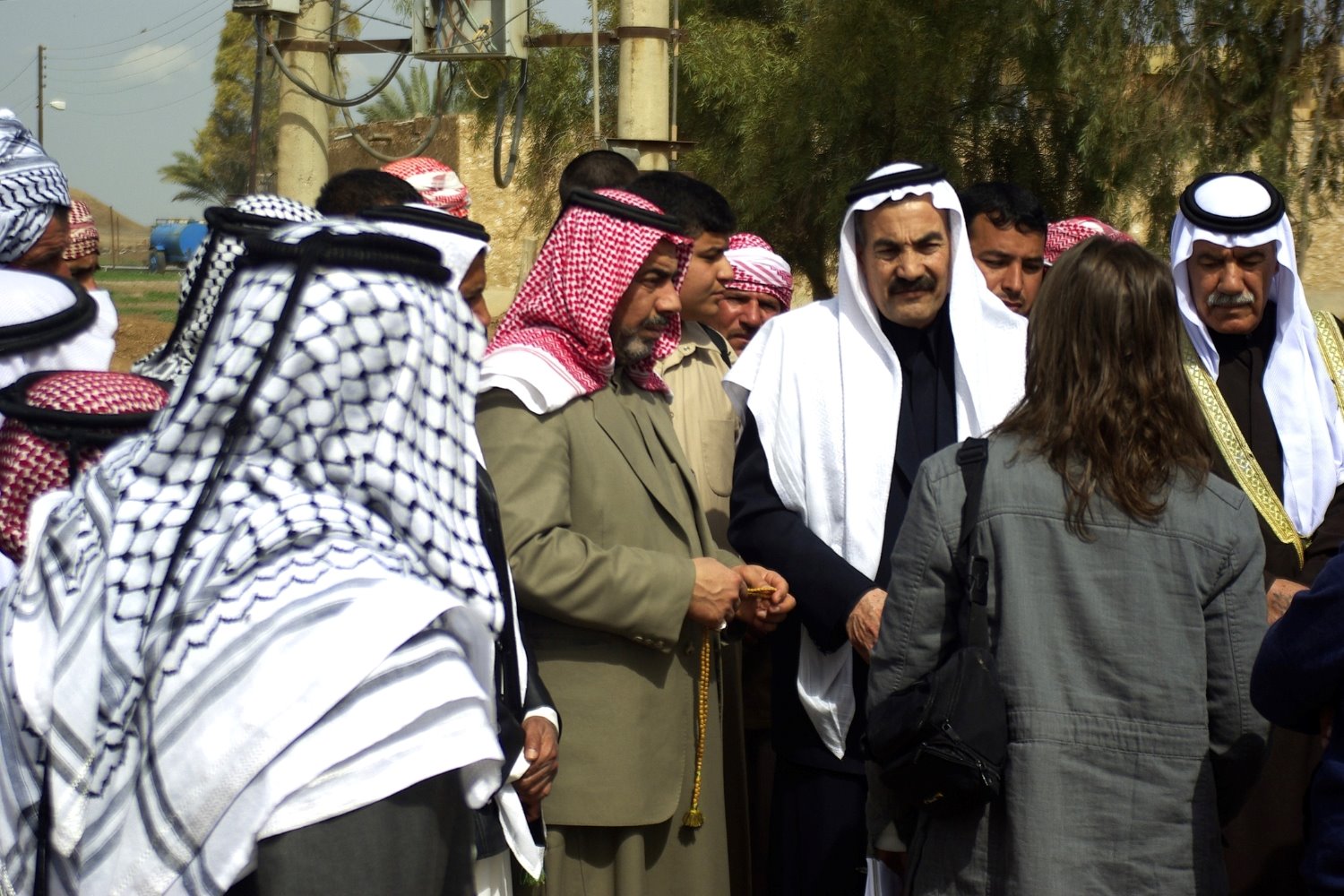Home>Politics and Government>Arab Spring: A Decade Later


Politics and Government
Arab Spring: A Decade Later
Published: February 21, 2024
Reflect on the Arab Spring's impact a decade later: its successes, failures, and the ongoing quest for democracy and human rights in the Arab world.
(Many of the links in this article redirect to a specific reviewed product. Your purchase of these products through affiliate links helps to generate commission for Noodls.com, at no extra cost. Learn more)
Table of Contents
A little over ten years ago, the Arab world was swept by a wave of protests and uprisings that promised to reshape its political landscape. The Arab Spring, as it came to be known, was a series of anti-government protests, uprisings, and armed rebellions that spread across much of the Arab world in the early 2010s. It was a period marked by a significant clamor for democracy, economic reforms, and an end to systemic corruption. But a decade on, the dust has settled, and it’s time to take stock: What has the Arab Spring achieved? Where did it falter, and what is the current state of democracy and human rights in the countries involved?
The Promise of Change
The Arab Spring was ignited by the self-immolation of a Tunisian street vendor, Mohamed Bouazizi, in December 2010, protesting against police corruption and ill-treatment. His death became a catalyst for the Tunisian Revolution and inspired a series of protests across the region, including in Egypt, Libya, Yemen, Syria, and Bahrain. These movements were characterized by the use of social media to organize and rally support, bringing tens of thousands of people into the streets.
Successes:
- Tunisia: The birthplace of the Arab Spring, Tunisia is often cited as its most significant success story. The country ousted its long-time president, Zine El Abidine Ben Ali, and embarked on a path toward democracy, drafting a new constitution and holding free elections.
- Legislative Changes: Several countries saw reforms in response to the protests. Egypt and Morocco amended their constitutions, and Jordan and Oman implemented economic reforms.
Challenges and Setbacks
However, the journey has been far from smooth. The initial euphoria gave way to the harsh realities of political transition, with many countries sliding into chaos or reverting to authoritarian rule.
Failures:
- Syria: Perhaps the most tragic outcome of the Arab Spring has been the Syrian Civil War. What began as peaceful protests escalated into a brutal conflict, drawing in foreign powers and causing a humanitarian crisis.
- Egypt: After the fall of Hosni Mubarak, Egypt saw the rise of the Muslim Brotherhood, followed by a military coup that ousted President Mohamed Morsi. The symbol of holding up four fingers became associated with protests against the military’s actions, especially the Rabaa massacre. Today, Egypt is under tight control by President Abdel Fattah el-Sisi, with little room for dissent.
- Libya and Yemen: Both countries have been torn apart by civil war, with power vacuums leading to ongoing violence and instability.
The Current State of Democracy and Human Rights
A decade later, the landscape is mixed. Tunisia remains a beacon of hope, despite its economic struggles and political tensions. However, in many other countries, the aspirations for democracy have been crushed under the weight of civil war, renewed authoritarianism, and external interventions.
Human Rights: The situation regarding human rights remains dire in many parts of the Arab world. Freedom of expression, assembly, and the press are heavily restricted in countries like Egypt, Bahrain, and Saudi Arabia. In war-torn nations like Syria and Yemen, human rights violations are widespread, with civilians bearing the brunt of the conflict.
Democracy: The quest for democracy has faced significant setbacks. With the exception of Tunisia, the promise of the Arab Spring has largely been unfulfilled. In many countries, old regimes have been replaced by new forms of authoritarianism or military rule, demonstrating the immense challenges of political transition in the region.
Reflections and the Road Ahead
The Arab Spring was a momentous event that showed the power of collective action and the desire for change. It brought issues of democracy, human rights, and economic equity to the forefront. However, the ensuing years have also highlighted the complexities of political transformation and the obstacles to achieving lasting change.
Looking forward, the legacy of the Arab Spring continues to influence political movements and discussions about governance and reform in the Arab world. The challenges are many, but the aspirations for a more democratic and just region remain alive.
Conclusion
As we reflect on the Arab Spring a decade later, we’re reminded of the courage and determination of those who stood up for change. The outcomes have been mixed, with both successes and profound challenges. The path to democracy and respect for human rights is long and fraught with difficulties, but the spirit of the Arab Spring endures.
In the end, perhaps the meaning of the Arabic word “habibi” captures the essence of the Arab Spring’s legacy—a term of endearment, signifying love and affection, a reminder of the common humanity and shared aspirations that continue to inspire hope for a better future across the Arab world.














